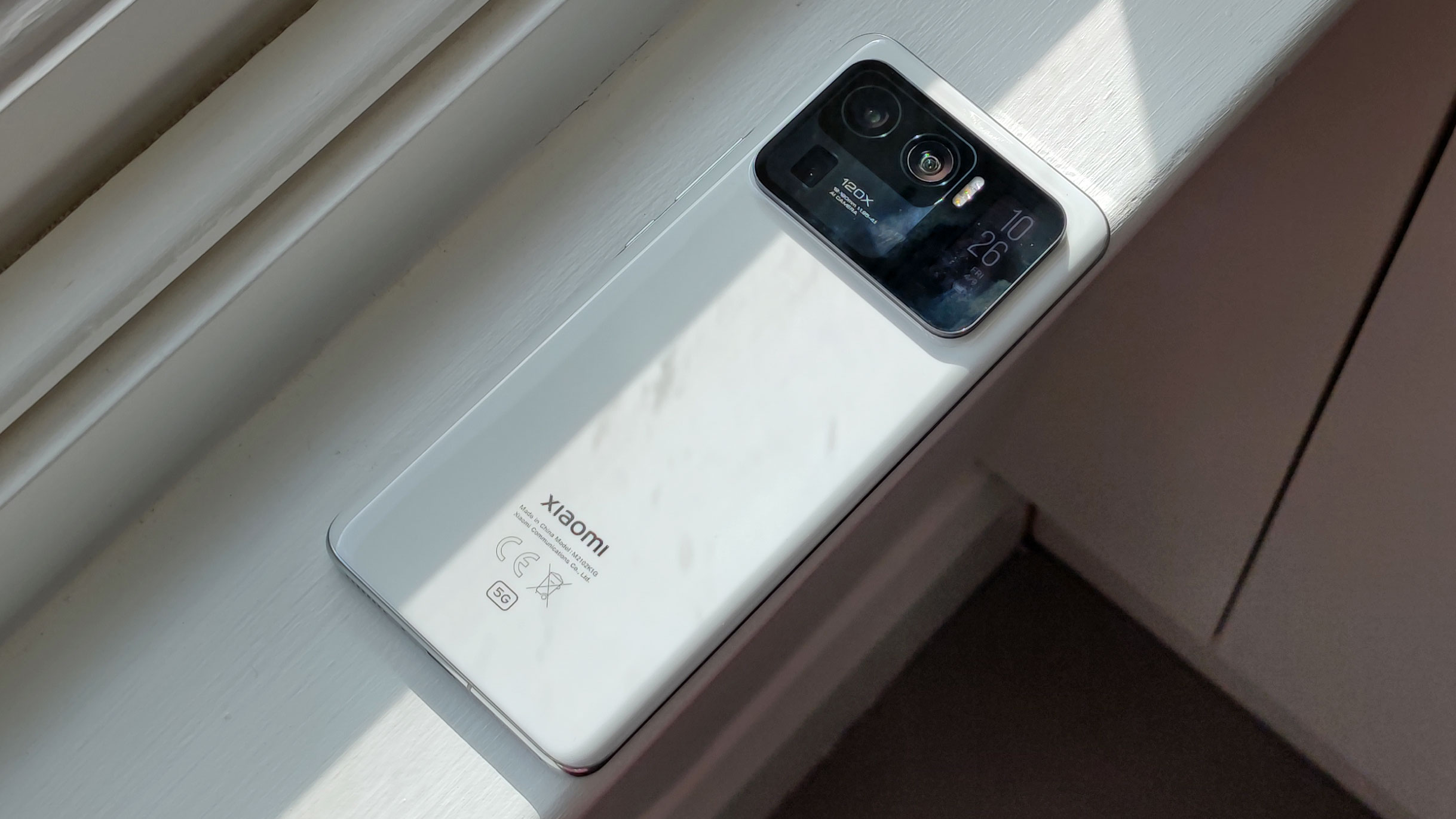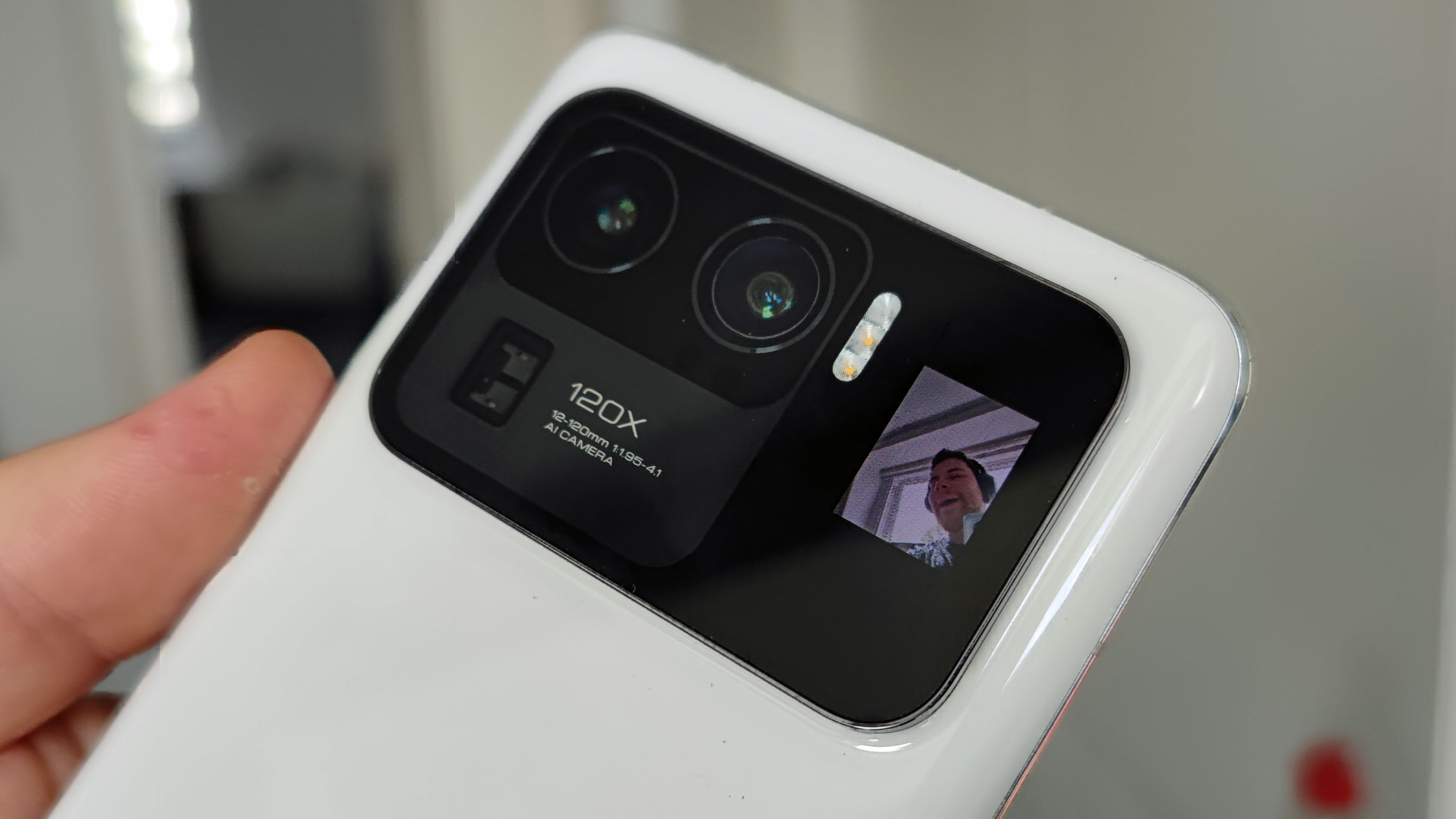Xiaomi Mi 11 Ultra's price is too high - despite what Xiaomi's CEO says
The price has been unveiled

Long after its March unveiling, the Xiaomi Mi 11 Ultra price has finally been unveiled, so we now know how much this super-premium smartphone costs. Fair warning, though, only proceed if your heart is ready for the high prices you're about to read.
You can pick up the Xiaomi Mi 11 Ultra for £1,199 / AU$1,799 (roughly $1,670) - that gets you 12GB of RAM and 256GB of storage. The phone is launching alongside the Mi 11 Lite 5G, but at £399 (roughly $440, AU$720) that won't break the bank quite as much.
- Here's our Xiaomi Mi 11 review
- These are the best Xiaomi phones
- The Xiaomi Mi Note 11 might be coming... maybe
At that price, the Mi 11 Ultra is more expensive than the Samsung Galaxy S21 Ultra or iPhone 12 Pro Max - well, in the UK at least, but in Australia it's cheaper than those phones, and the overall price conversion is definitely in Australia's favor.
You might be wondering, "why does the phone cost so much?", and while the spec list goes some way to explain - the handset has a top-end Snapdragon 888 chipset, three powerful rear cameras on a massive camera module, a large 6.81-inch display, a small second screen on the back, the list goes on - Xiaomi's CEO has weighed in to justify it.
Xiaomi CEO defends Mi 11 Ultra

Some complaints have been leveled at the Mi 11 Ultra, particularly for its huge camera bump and a second rear screen which doesn't add many features, and presumably doesn't help with that high price.
However Lei Jun, the co-founder and CEO of Xiaomi, has used the Chinese social media platform Weibo to defend the phone.
Regarding the second screen, Jun states "this screen is not big, the material cost is not too high, the design difficulty is space". When a commenter complained about the rear camera bump size, Jun responded "this is for professional photographers", and when another criticized the phone's weight, the reply was "this is because the camera is too big." (we wouldn't read into the use of the word 'too' there - these messages have all been machine-translated from Chinese).
Get daily insight, inspiration and deals in your inbox
Sign up for breaking news, reviews, opinion, top tech deals, and more.
Lei Jun's Weibo comments paint the picture of the Xiaomi Mi 11 Ultra being a super-sized device, which justifies its high price tag with indulgences that make a marked difference on the user experience.
However, we've found that not only does the second screen and camera bump not really add to the overall functionality of the phone, they actually detract from it in a few key ways.
The worst part of the Mi 11 Ultra
We haven't quite finished our Xiaomi Mi 11 Ultra review, so haven't given it a star rating just yet, but we can comfortably say it'd score higher if the rear display wasn't there - and not just because the price would likely be lower.
Sure, the phone is heavy and weirdly weighted with that massive camera bump, and we do have trouble fitting it in trouser pockets. But it's with the lost features that the big bump really loses marks.

The Xiaomi Mi 11 Ultra doesn't sit flat on a wireless powering mat because of this thick bump, and therefore potentially powers much slower than it theoretically should. Sure, this is only a problem for certain users (depending on your charging pad design), but it's still an annoying oversight.
In addition, it's near-impossible for a case to fully protect a camera bump of this size. The in-box silicone one is okay, but any drop or impact to that huge bump is going to absolutely demolish it. Our heart races whenever we use the Mi 11 Ultra out and about.
Our biggest issue, though, is with the phone's rear display. You see, it has three functions: it serves as a viewfinder for taking photos so your subject can see how they're framed up (though it doesn't work in Portrait or Video mode, for some reason).
It also works as an always-on display that can show you the time, battery status and notifications, though to some reason we find it misses in the 'always' department, frequently turning off for no reason.
The third function is that it serves as a music control, so if you're playing from Spotify or another music app you can pause or skip tracks when your phone is face down. These buttons appear inconsistently - sometimes we'll flip the phone and they won't appear, and sometimes they'll be in use even when we're holding the phone and it's facing towards us.
Why is this annoying? Because it's so, so easy to accidentally press the rear display and skip a track. We'll frequently be using the phone like normal, only for our finger to accidentally touch the rear display and pause or skip the song. Even more annoying, this can easily happen when the phone is in a pocket too, and we'll often be walking along, minding our business and listening to music, when the song keeps starting again, or the podcast we're listening to repeatedly jumps forward in 10-second increments.
More so than the previously-listed problems, the music player issue is what has us cursing this rear display. Sure, it seems like a minor complaint - likely all the gripes on this seem small - but given how frequently most people listen to music, or charge their phones, or try to protect their devices with a case, they're problems many people will be bumping up against time and time again.
So though Lei Jun seems to think the rear display, and massive bump, is justified, we can't help picturing a version of the phone with a smaller camera bump, with fewer annoying problems and a lower price. And then our thoughts turn to the standard Xiaomi Mi 11, because we're basically picturing that phone, and it's more deserving of your money.

Tom Bedford joined TechRadar in early 2019 as a staff writer, and left the team as deputy phones editor in late 2022 to work for entertainment site (and TR sister-site) What To Watch. He continues to contribute on a freelance basis for several sections including phones, audio and fitness.